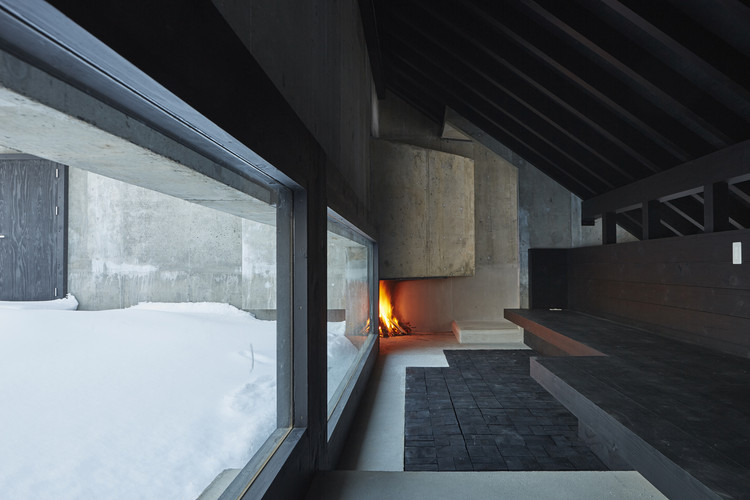.jpg?1474121915&format=webp&width=640&height=580)
Text via Blain|Southern. For her first exhibition with Blain|Southern, Chiharu Shiota will create a new site-specific monumental installation in the Berlin gallery, eight years after she last exhibited in her home city.
Shiota is primarily known for her immersive installations, such as The Key in the Hand, with which she represented Japan at the Venice Biennale in 2015. Weaving intricate networks of yarn, the artist creates new visual planes as if she were painting in mid-air.
The installation Uncertain Journey fills the gallery’s vast central atrium with dense webs of red yarn – seemingly growing from above, reaching down towards the skeletal hulls of boats which rest on the gallery floor below. The colour of blood, the nexus of yarn is laden with symbolism, for the artist it alludes to the interior of the body and the complex network of neural connections in the brain. Enclosed by the canopy overhead, the boat carcasses raise existential questions of fate and belonging, evoking ideas that can be as complex as the tangled yarn itself.


.jpg?1474121884)
.jpg?1474121948)
.jpg?1474121816)
.jpg?1474121873)
.jpg?1474121915)
.jpg?1473087666&format=webp&width=640&height=580)
.jpg?1473088561)
.jpg?1473087820)
.jpg?1473088648)
.jpg?1473088081)
.jpg?1473087666)




.jpg?1473019568)


.jpg?1472123988&format=webp&width=640&height=580)
.jpg?1472123757)
.jpg?1472123736)
.jpg?1472123873)
.jpg?1472123884)
.jpg?1472123988)

.jpg?1470992306)
.jpg?1471021982)

.jpg?1471021974)
.jpg?1470992306)






.jpg?1469542883&format=webp&width=640&height=580)

.jpg?1467139351&format=webp&width=640&height=580)
.jpg?1465169187&format=webp&width=640&height=580)
.jpg?1465169402)
.jpg?1465169213)
.jpg?1465169268)
.jpg?1465169297)
.jpg?1465169187)
.jpg?1467068397&format=webp&width=640&height=580)
.jpg?1467068288)
.jpg?1467068340)
.jpg?1467068408)
.jpg?1467068330)
.jpg?1467068397)
.jpg?1464765319&format=webp&width=640&height=580)
.jpg?1464765813)
.jpg?1464765878)
.jpg?1464765694)
.jpg?1464765337)
.jpg?1464765319)
.jpg?1466786438&format=webp&width=640&height=580)
.jpg?1466786438)
.jpg?1466786448)
.jpg?1466786425)
.jpg?1466786407)
.jpg?1466786438)
